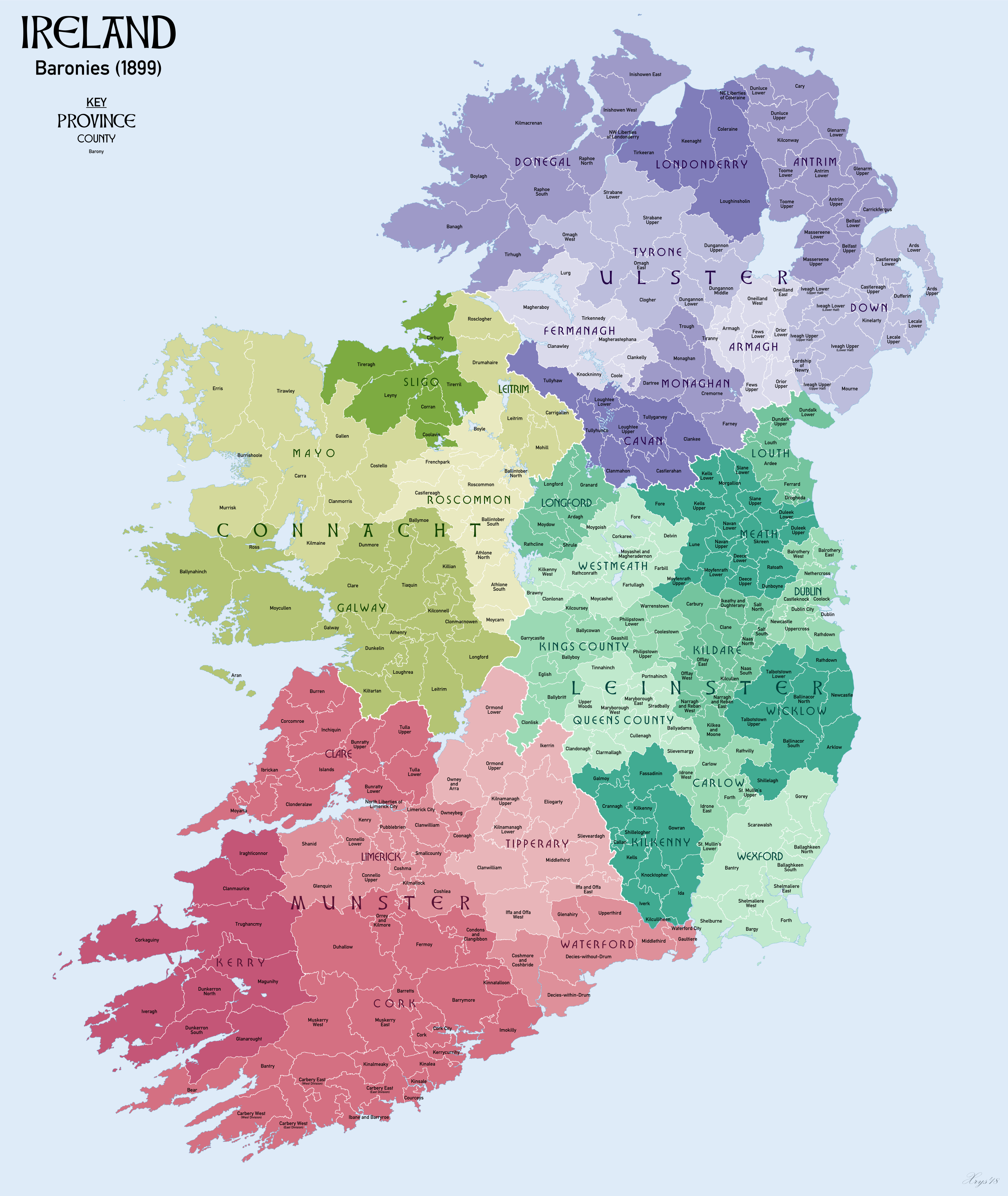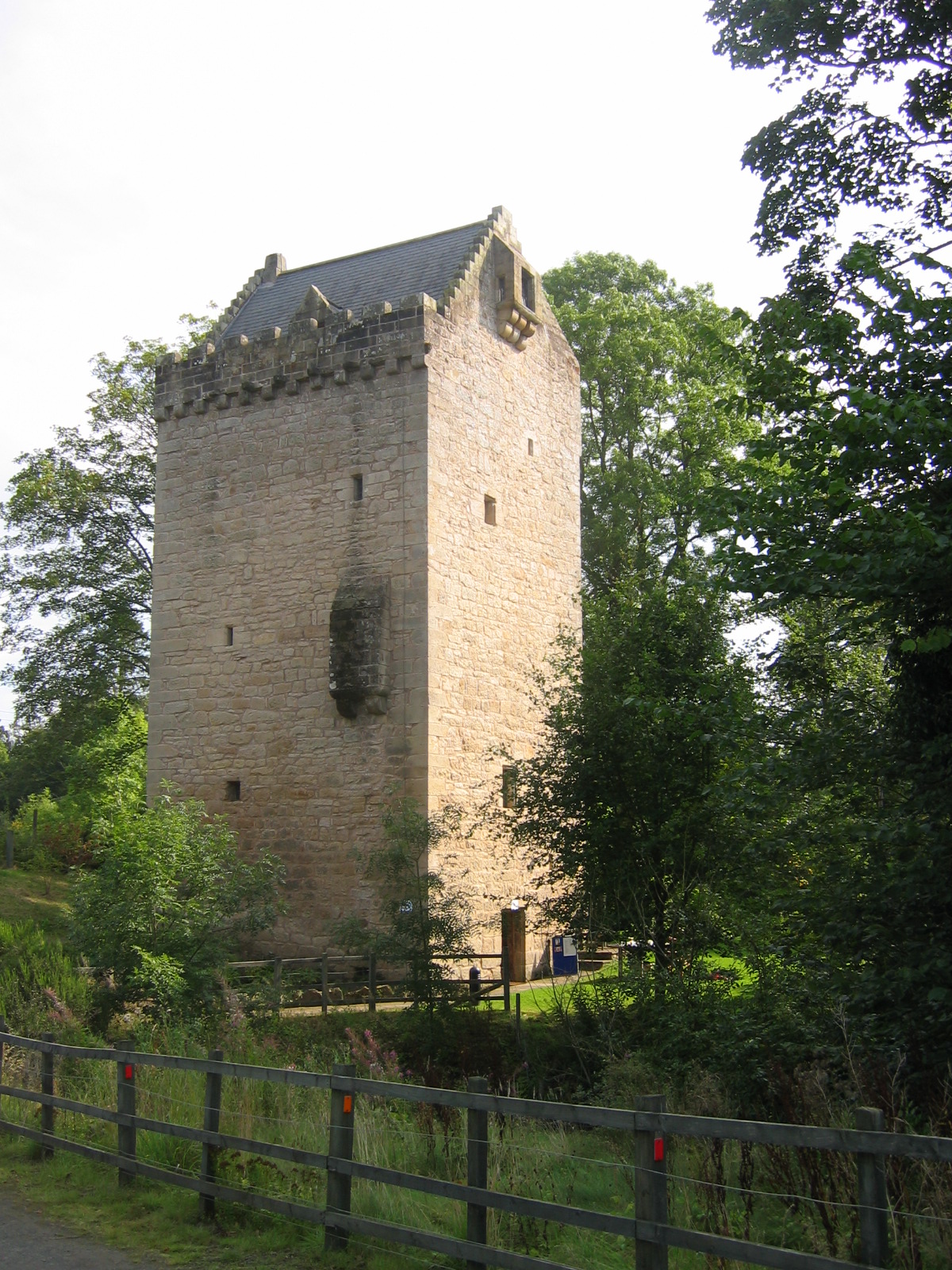|
Ballyfinboy
Ballyfinboy () is a townland in the historical Barony of Ormond Lower, County Tipperary, Ireland. It is located between Borrisokane and Finnoe and shares its name with the Ballyfinboy River which flows by. Ballyfinboy Castle, a ruined tower house A tower house is a particular type of stone structure, built for defensive purposes as well as habitation. Tower houses began to appear in the Middle Ages, especially in mountainous or limited access areas, in order to command and defend strateg ... with a Sheela na gig on a panel on the western wall stands close to the river. References Townlands of County Tipperary {{Tipperary-geo-stub ... [...More Info...] [...Related Items...] OR: [Wikipedia] [Google] [Baidu] |
Ballyfinboy River
The Ballyfinboy River rises close to Moneygall in County Offaly, Ireland and flows in a generally northwesterly direction into Lough Derg at Drominagh. It forms part of the boundary between County Tipperary and County Offaly. The river flows through the towns of Cloughjordan and Borrisokane west of which it flows past Ballyfinboy Castle, a ruined tower house with a Sheela na gig in the townland of Ballyfinboy. Bridges Knockearl Bridge carries the R491 road from County Offaly on the south bank across the river to Cloughjordan on the north bank in County Tipperary An ornate stone bridge with cast iron railings carries the avenue leading to Modreeny across the Ballyfinboy. Modern pedestrian bridges in Borrisokane town park link the two sections of the park, north and south of the river. Ballinderry Bridge carries the R493 road across the river. It is an elegant five arch bridge with low arches. The three arched Drominagh Demesne Toll Bridge was built by the land owner in 177 ... [...More Info...] [...Related Items...] OR: [Wikipedia] [Google] [Baidu] |
Borrisokane
Borrisokane () is a town in County Tipperary, Ireland. It is situated at the junction of the N52 and N65 national secondary roads. At the 2016 census, it had a population of 942. The Ballyfinboy River flows through the town on its way to Lough Derg, to the west. It is also a civil parish in the historical barony of Ormond Lower and an Ecclesiastical parish in the Roman Catholic Diocese of Killaloe. History During the Norman invasion of Ireland, the area now known as Borrisokane was the property of the O'Carrolls of Ely who claimed to be descendants of the '' Clan or Cian'' or the ''Cianacht''. The O’Kennedys were another significant ruling family, owning tower houses in the surrounding townlands. During the Cromwellian Plantation, Arthur Annesley, 1st Earl of Anglesey, the Earl of Cork and the Earl of Arran were among those granted lands at Borrisokane. Arran hill, a townland of Borrisokane, is thought likely to be named after the latter. Local population changes t ... [...More Info...] [...Related Items...] OR: [Wikipedia] [Google] [Baidu] |
Townland
A townland ( ga, baile fearainn; Ulster-Scots: ''toonlann'') is a small geographical division of land, historically and currently used in Ireland and in the Western Isles in Scotland, typically covering . The townland system is of Gaelic origin, pre-dating the Norman invasion, and most have names of Irish origin. However, some townland names and boundaries come from Norman manors, plantation divisions, or later creations of the Ordnance Survey.Connolly, S. J., ''The Oxford Companion to Irish History, page 577. Oxford University Press, 2002. ''Maxwell, Ian, ''How to Trace Your Irish Ancestors'', page 16. howtobooks, 2009. The total number of inhabited townlands in Ireland was 60,679 in 1911. The total number recognised by the Irish Place Names database as of 2014 was 61,098, including uninhabited townlands, mainly small islands. Background In Ireland a townland is generally the smallest administrative division of land, though a few large townlands are further divided into ... [...More Info...] [...Related Items...] OR: [Wikipedia] [Google] [Baidu] |
Barony (Ireland)
In Ireland, a barony ( ga, barúntacht, plural ) is a historical subdivision of a county, analogous to the hundreds into which the counties of England were divided. Baronies were created during the Tudor reconquest of Ireland, replacing the earlier cantreds formed after the original Norman invasion.Mac Cotter 2005, pp.327–330 Some early baronies were later subdivided into half baronies with the same standing as full baronies. Baronies were mainly cadastral rather than administrative units. They acquired modest local taxation and spending functions in the 19th century before being superseded by the Local Government (Ireland) Act 1898. Subsequent adjustments of county boundaries mean that some baronies now straddle two counties. The final catalogue of baronies numbered 331, with an average area of ; therefore, each county was divided, on average, into 10 or 11 baronies. Creation The island of Ireland was "shired" into counties in two distinct periods: the east and sou ... [...More Info...] [...Related Items...] OR: [Wikipedia] [Google] [Baidu] |
Ormond Lower
Ormond Lower ( Irish: ''Urumhain Íochtarach'') is a barony in County Tipperary, Ireland. This geographical unit of land is one of 12 baronies in County Tipperary. Its chief town is Nenagh. The barony lies between Ormond Upper to the south-east (whose chief town is Toomevara) and Owney and Arra to the south-west (whose chief town is Newport). As a "peninsula", it is surrounded on three sides by counties Galway and Offaly. Legal context Baronies were created after the Norman invasion of Ireland as divisions of counties and were used the administration of justice and the raising of revenue. While baronies continue to be officially defined units, they have been administratively obsolete since 1898. However, they continue to be used in land registration and in specification, such as in planning permissions. In many cases, a barony corresponds to an earlier Gaelic túath which had submitted to the Crown. The Earl of Ormond wrongly applied the name "Ormond" to two baronies as the ... [...More Info...] [...Related Items...] OR: [Wikipedia] [Google] [Baidu] |
County Tipperary
County Tipperary ( ga, Contae Thiobraid Árann) is a Counties of Ireland, county in Republic of Ireland, Ireland. It is in the Provinces of Ireland, province of Munster and the Southern Region, Ireland, Southern Region. The county is named after the town of Tipperary (town), Tipperary, and was established in the early 13th century, shortly after the Norman invasion of Ireland. It is Ireland's largest inland county and shares a border with 8 counties, more than any other. The population of the county was 159,553 at the 2016 census. The largest towns are Clonmel, Nenagh and Thurles. Tipperary County Council is the local government in the Republic of Ireland, local authority for the county. In 1838, County Tipperary was divided into two Riding (country subdivision), ridings, North Tipperary, North and South Tipperary, South. From 1899 until 2014, they had their own county councils. They were unified under the Local Government Reform Act 2014, which came into effect following the 20 ... [...More Info...] [...Related Items...] OR: [Wikipedia] [Google] [Baidu] |
Republic Of Ireland
Ireland ( ga, Éire ), also known as the Republic of Ireland (), is a country in north-western Europe consisting of 26 of the 32 Counties of Ireland, counties of the island of Ireland. The capital and largest city is Dublin, on the eastern side of the island. Around 2.1 million of the country's population of 5.13 million people resides in the Greater Dublin Area. The sovereign state shares its only land border with Northern Ireland, which is Countries of the United Kingdom, part of the United Kingdom. It is otherwise surrounded by the Atlantic Ocean, with the Celtic Sea to the south, St George's Channel to the south-east, and the Irish Sea to the east. It is a Unitary state, unitary, parliamentary republic. The legislature, the , consists of a lower house, ; an upper house, ; and an elected President of Ireland, President () who serves as the largely ceremonial head of state, but with some important powers and duties. The head of government is the (Prime Minister, liter ... [...More Info...] [...Related Items...] OR: [Wikipedia] [Google] [Baidu] |
Finnoe
Finnoe (''Fionnú'' in Irish language, Irish) is a civil parishes in Ireland, civil parish in the Barony (Ireland), barony of Ormond Lower, County Tipperary, Republic of Ireland, Ireland. It is located close to Borrisokane. Finnoe is in the Dáil Éireann, Dáil constituency of Laois-Offaly (Dáil constituency), Laois-Offaly which incorporates 24 electoral divisions that were previously in the Tipperary North (Dáil constituency), Tipperary North Dáil constituency. The parish is mentioned in The Pogues song "Broad Majestic Shannon" from their 1988 album "If I Should Fall From Grace With God". Notable residents, past and present *Sir Henry Givens Burgess (1859–1937) was an Irish railway executive and politician who lived at Finnoe House. *Edward Waller (zoologist), Edward Waller (1803–1873) was a land owner, zoologist and barrister who owned Finnoe House. *John Francis Waller (1809–1894) was an Irish poet and editor who lived at Finnoe House. See also * List of civil p ... [...More Info...] [...Related Items...] OR: [Wikipedia] [Google] [Baidu] |
Tower House
A tower house is a particular type of stone structure, built for defensive purposes as well as habitation. Tower houses began to appear in the Middle Ages, especially in mountainous or limited access areas, in order to command and defend strategic points with reduced forces. At the same time, they were also used as an aristocrat's residence, around which a castle town was often constructed. Europe After their initial appearance in Ireland, Scotland, the Frisian lands, Basque Country and England during the High Middle Ages, tower houses were also built in other parts of western Europe, especially in parts of France and Italy. In Italian medieval communes, urban ''palazzi'' with a very tall tower were increasingly built by the local highly competitive patrician families as power centres during times of internal strife. Most north Italian cities had a number of these by the end of the Middles Ages, but few now remain, notably two towers in Bologna, twenty towers in Pa ... [...More Info...] [...Related Items...] OR: [Wikipedia] [Google] [Baidu] |



